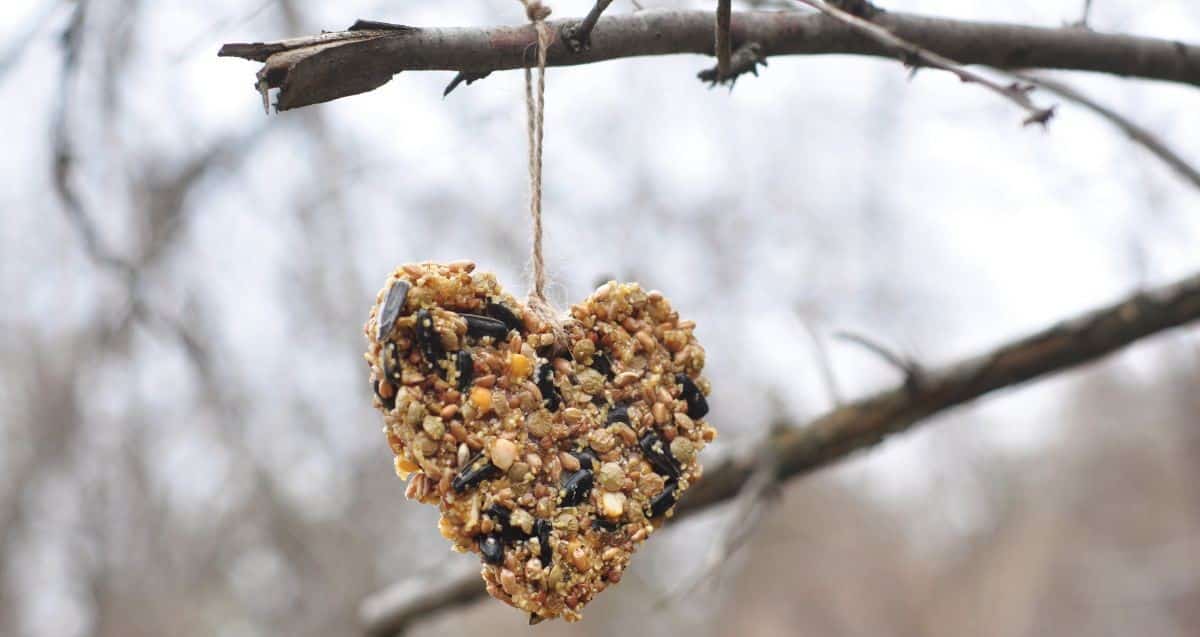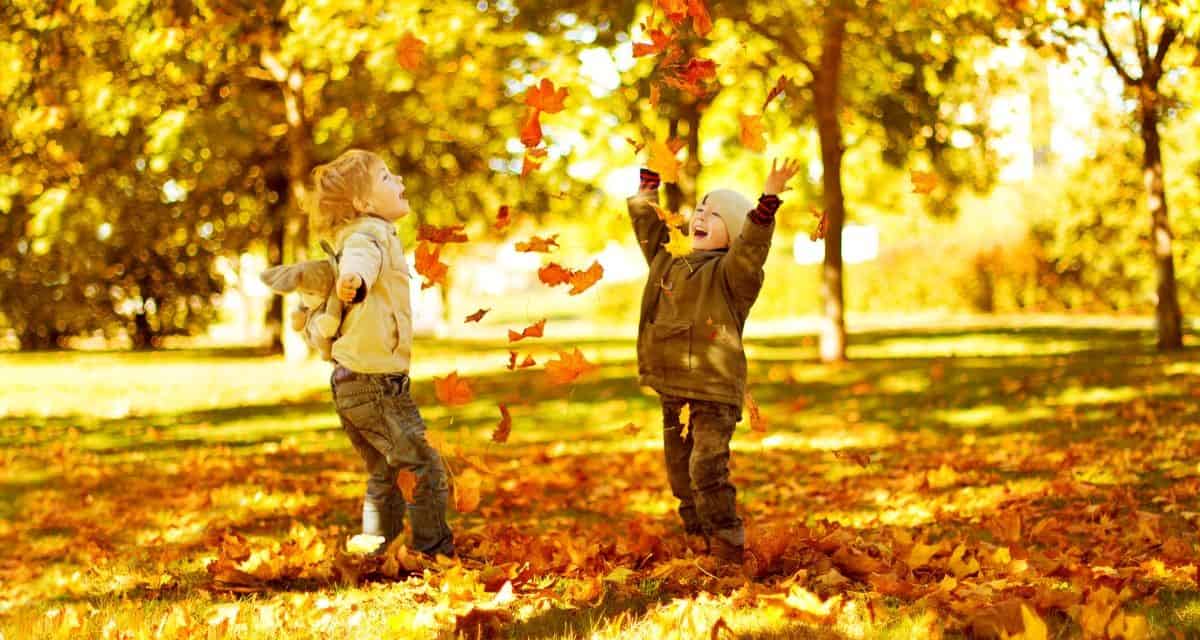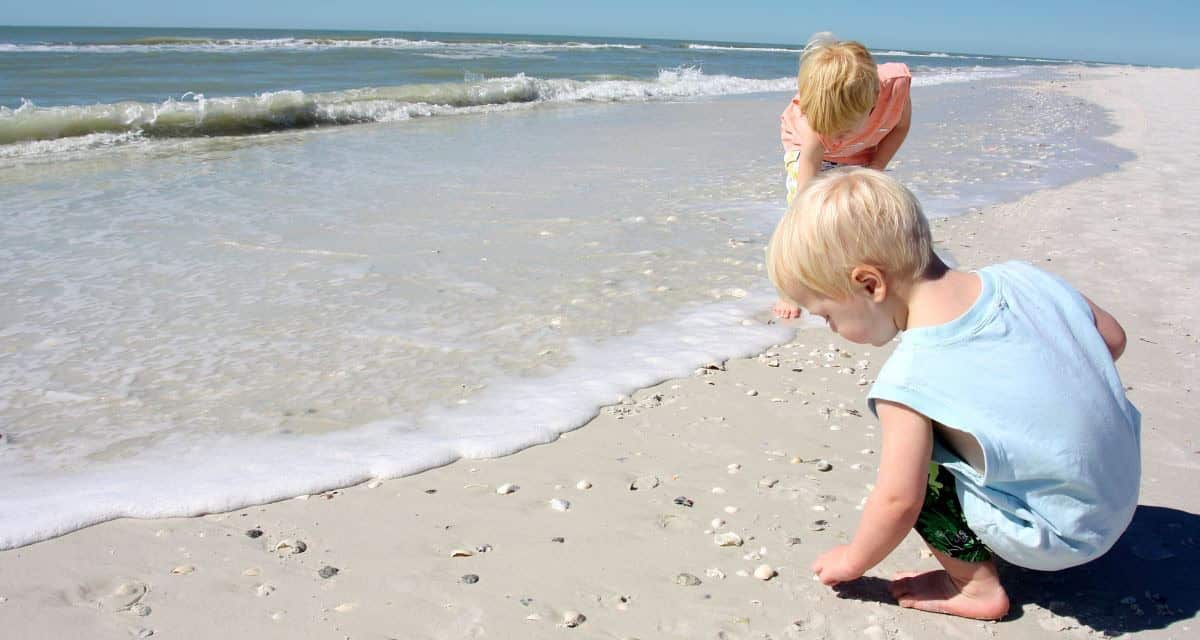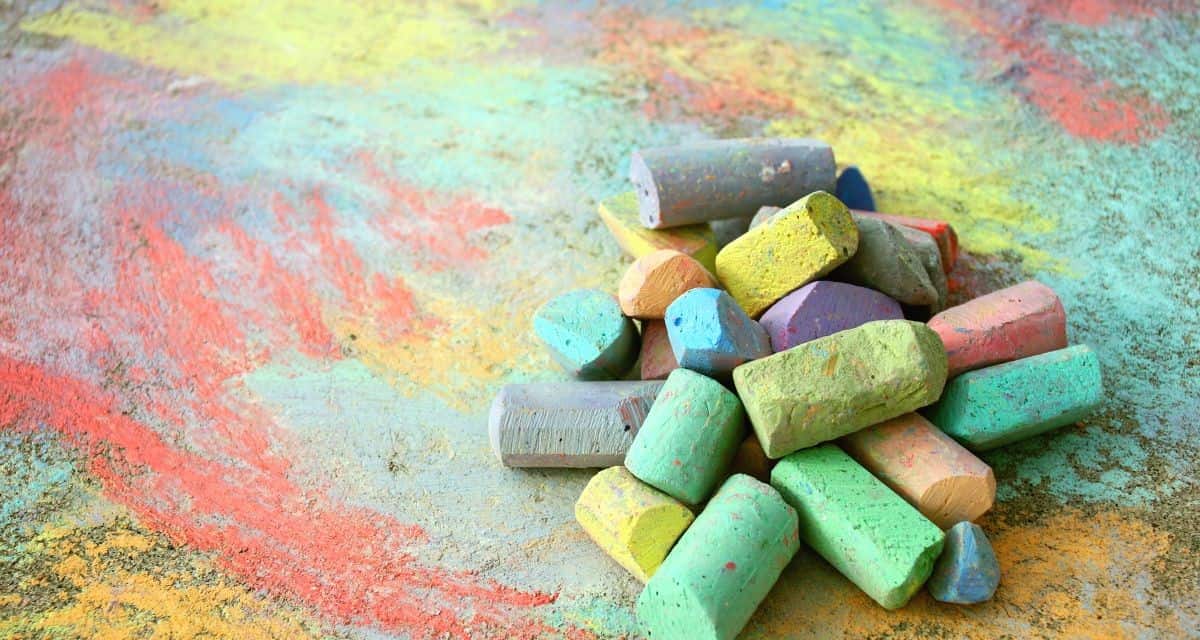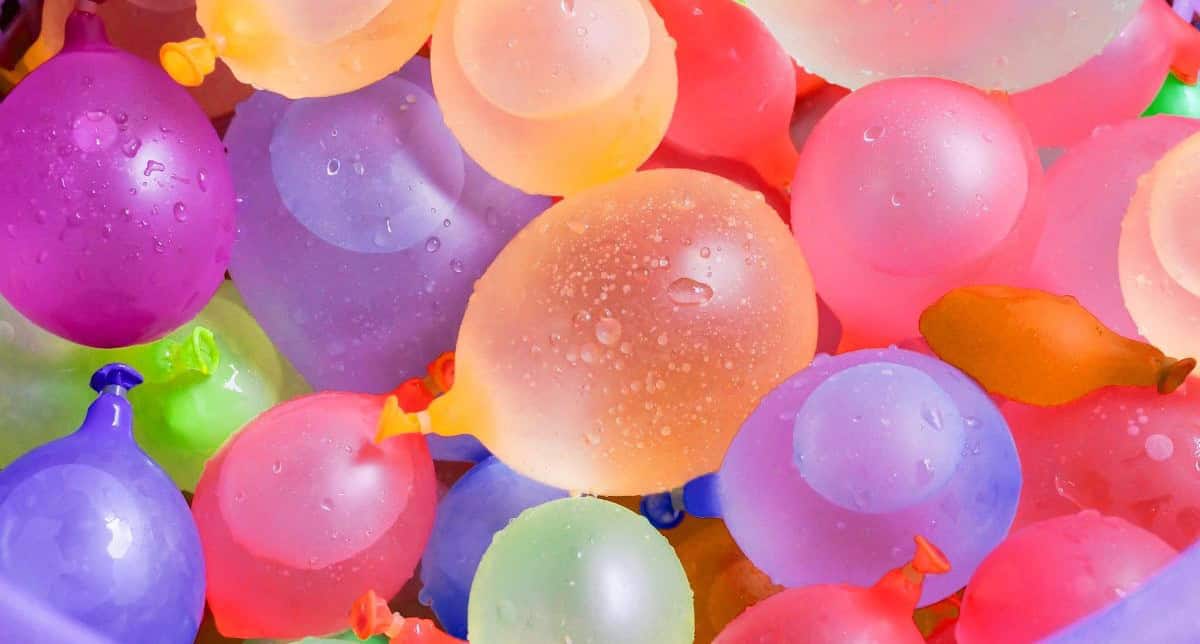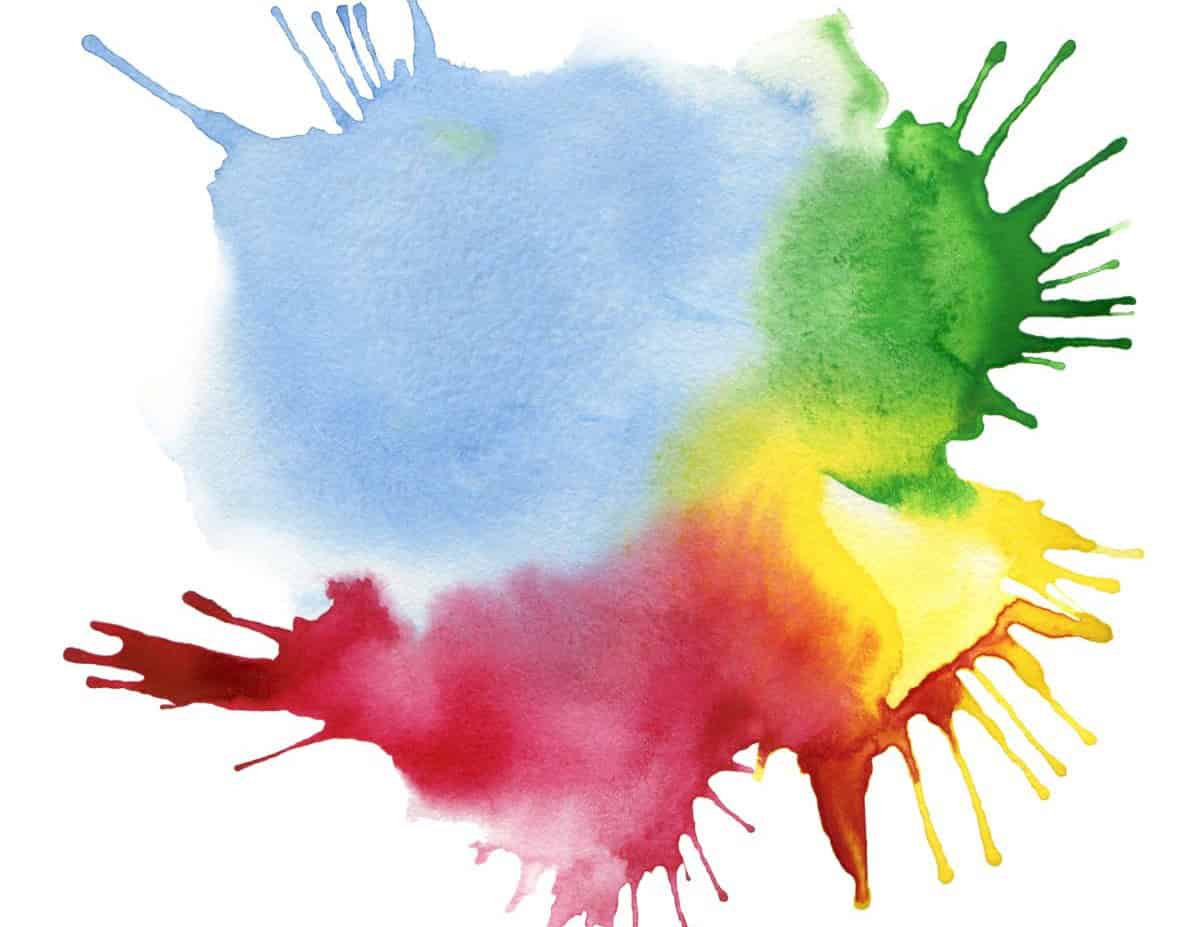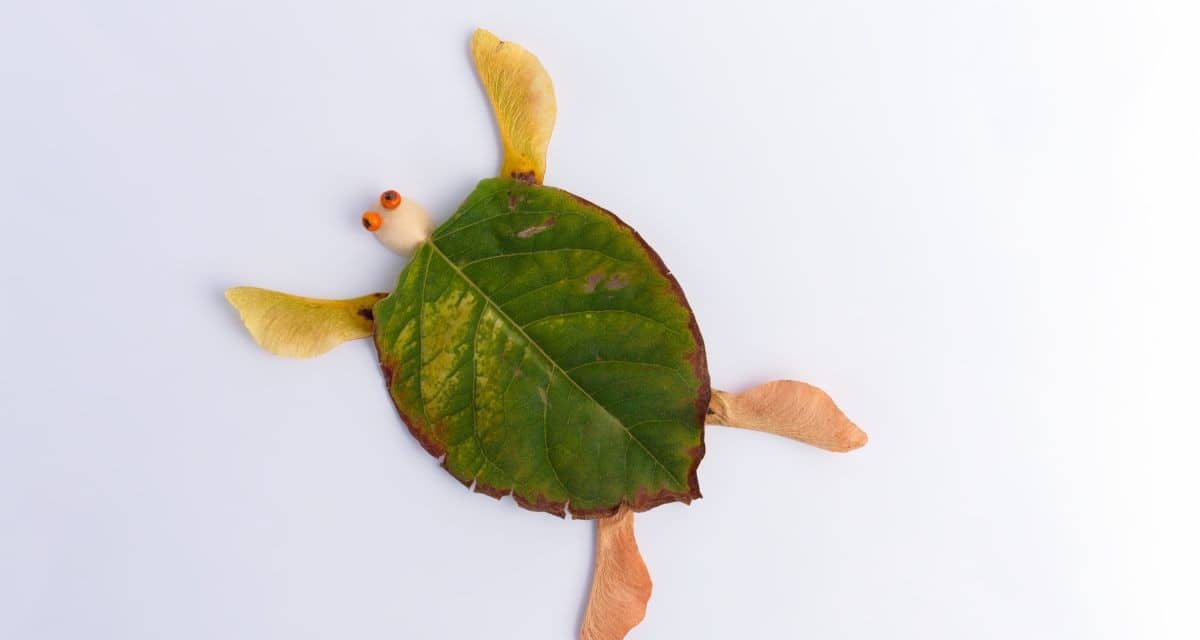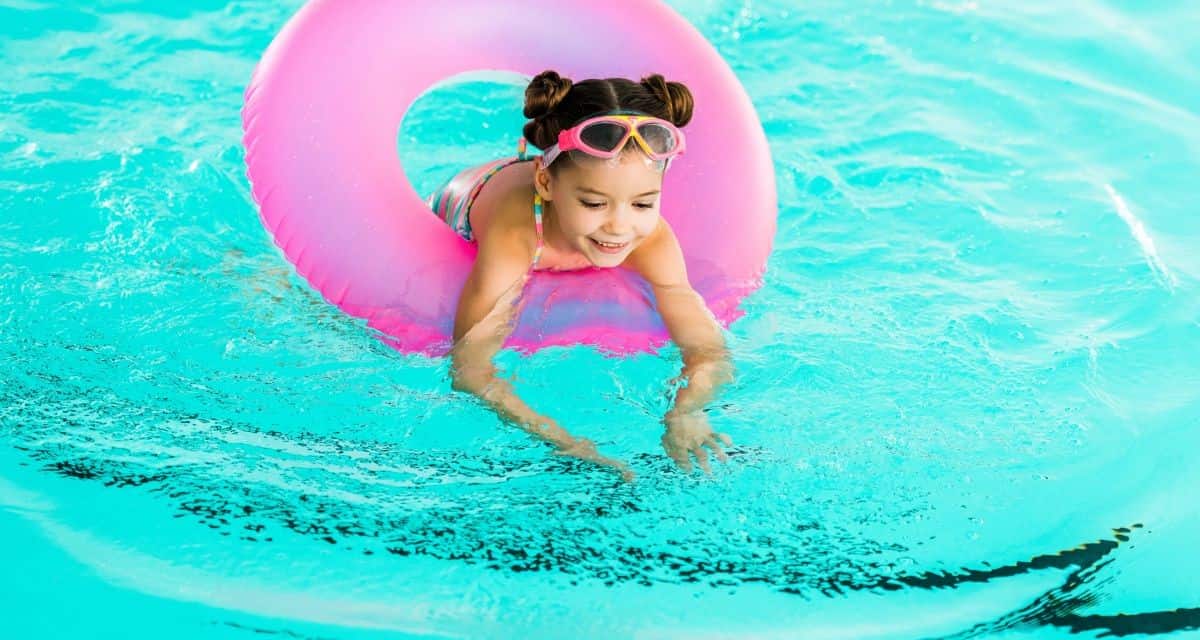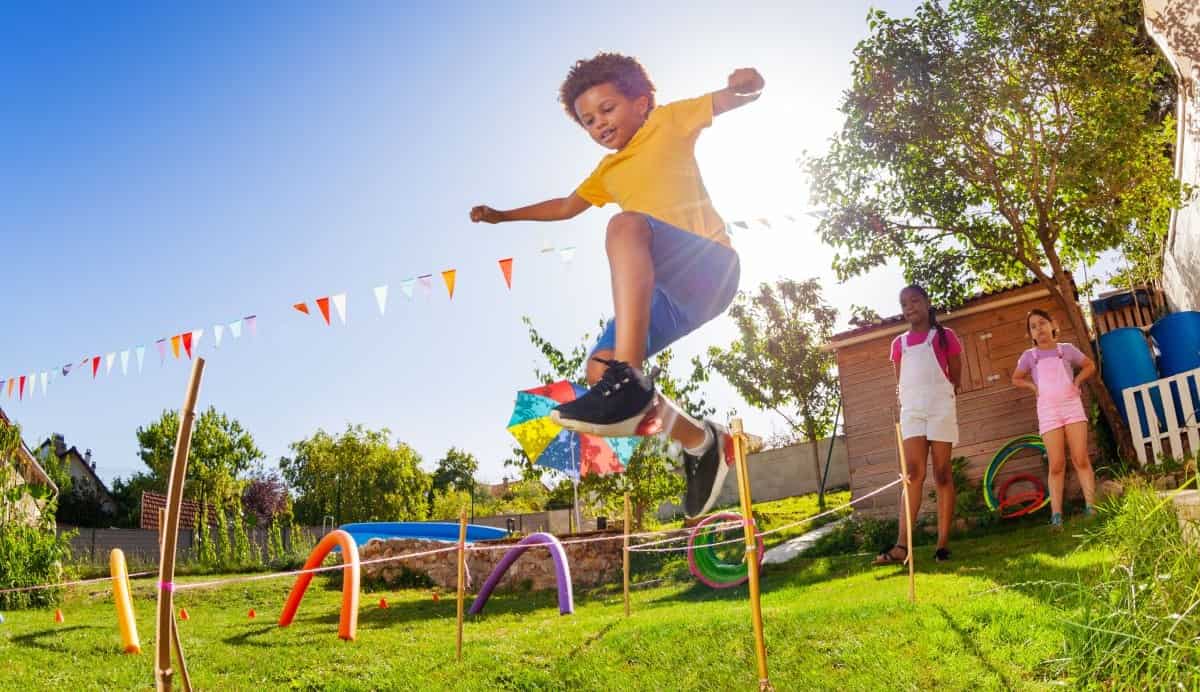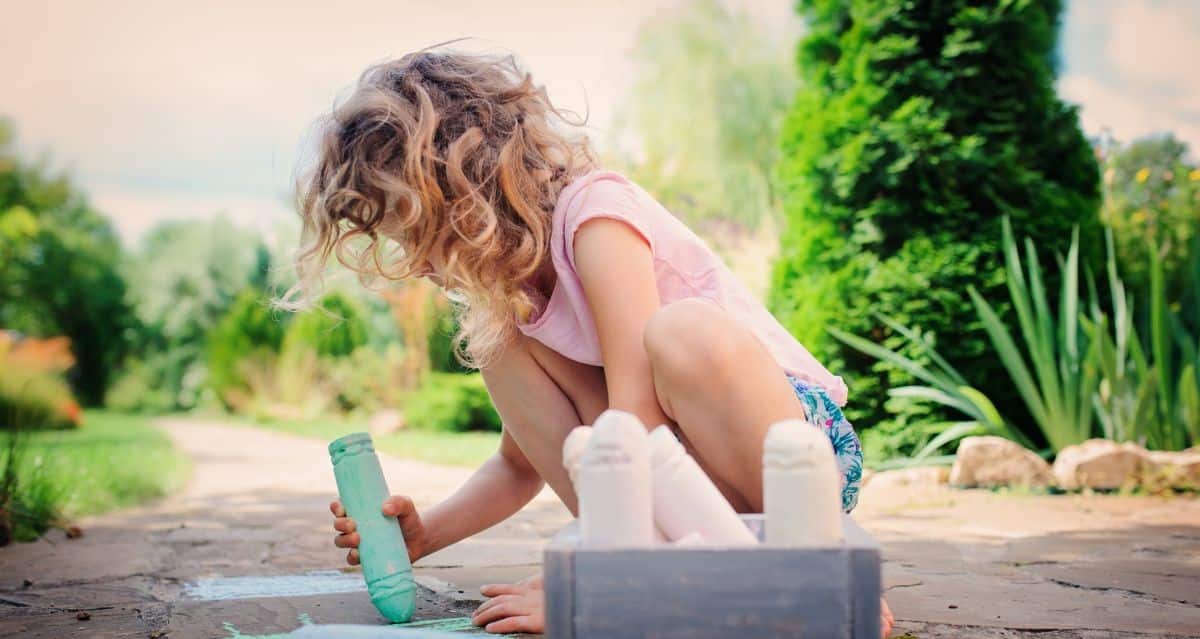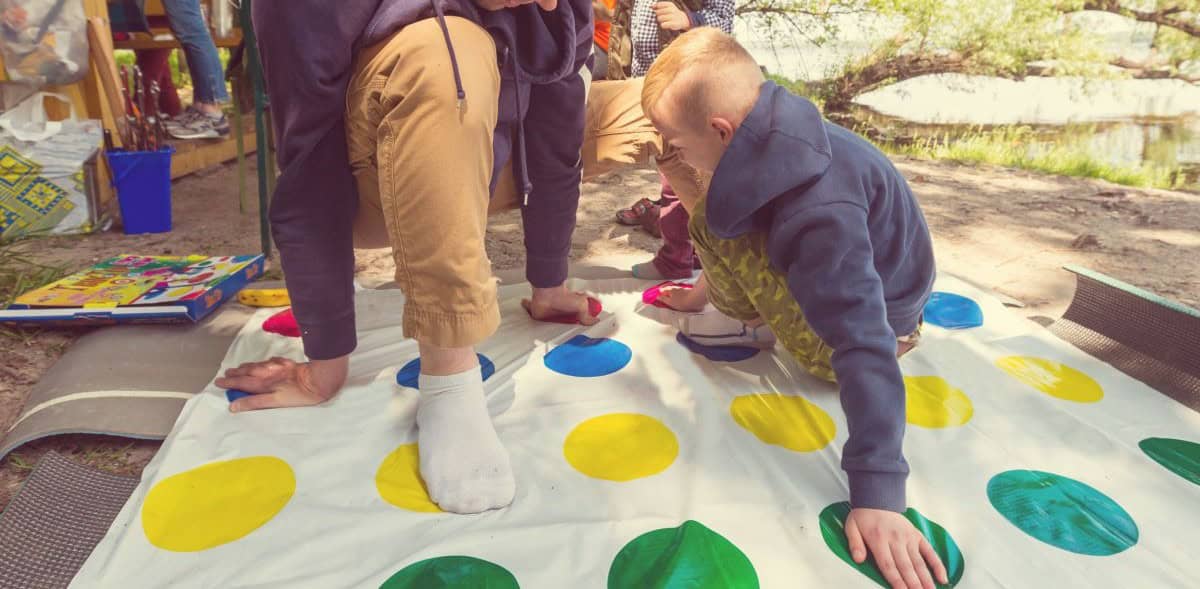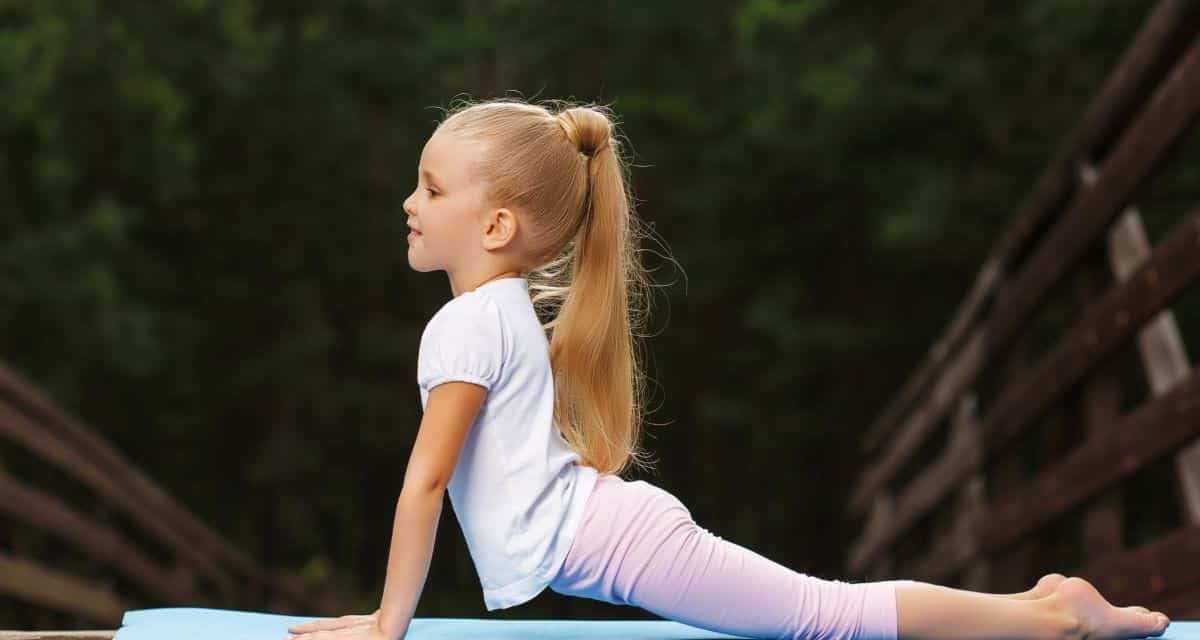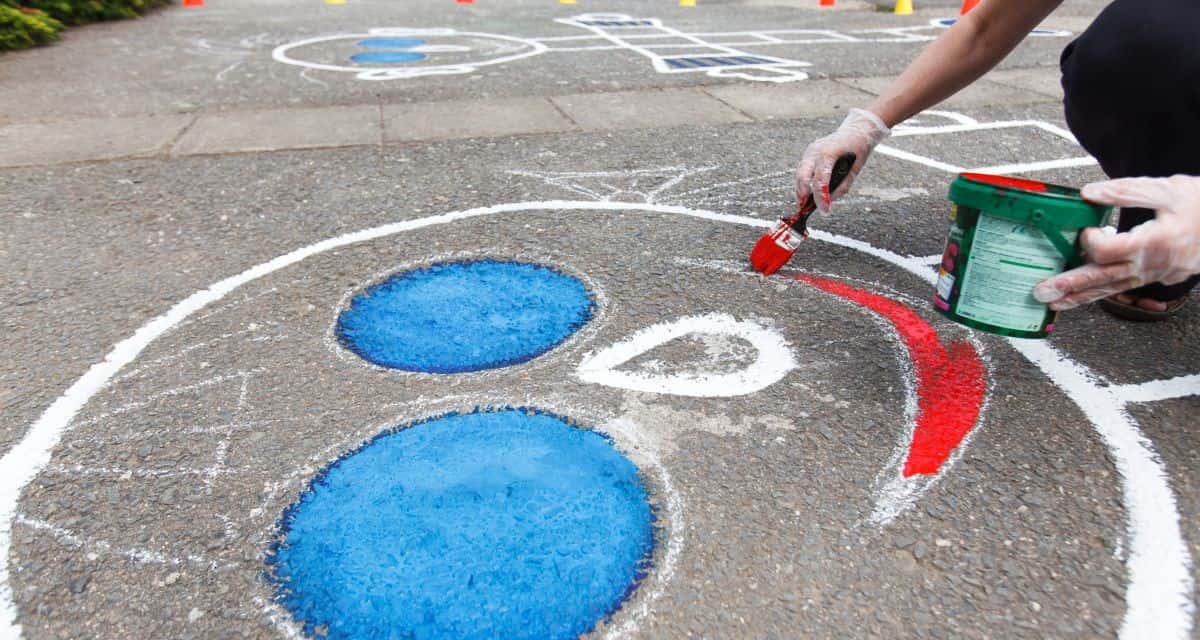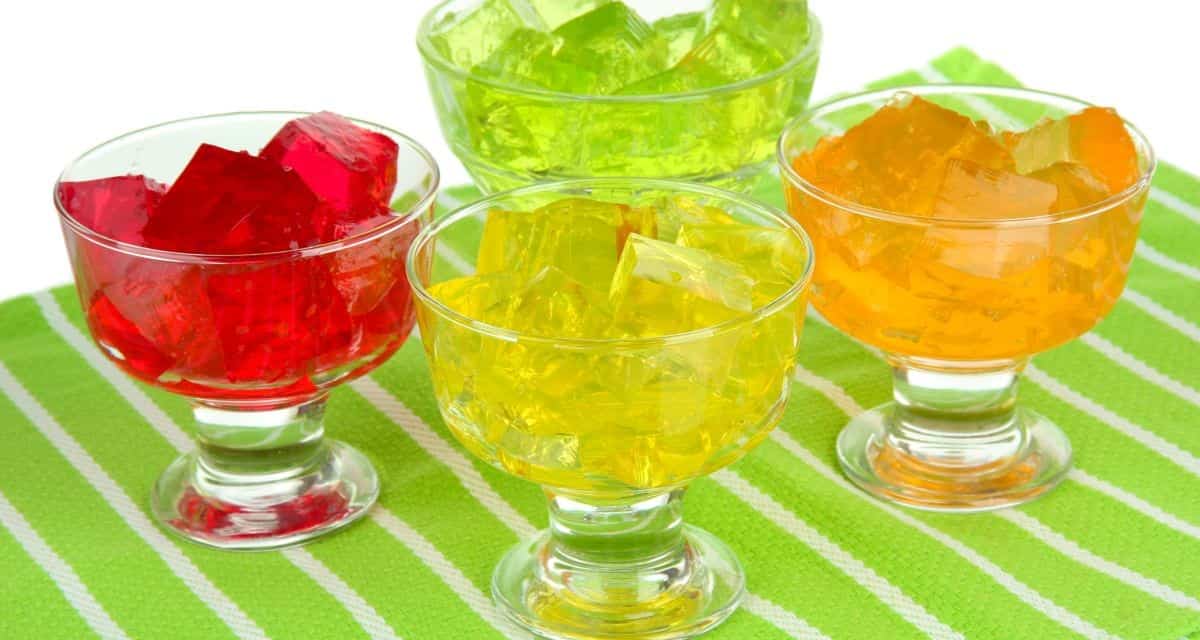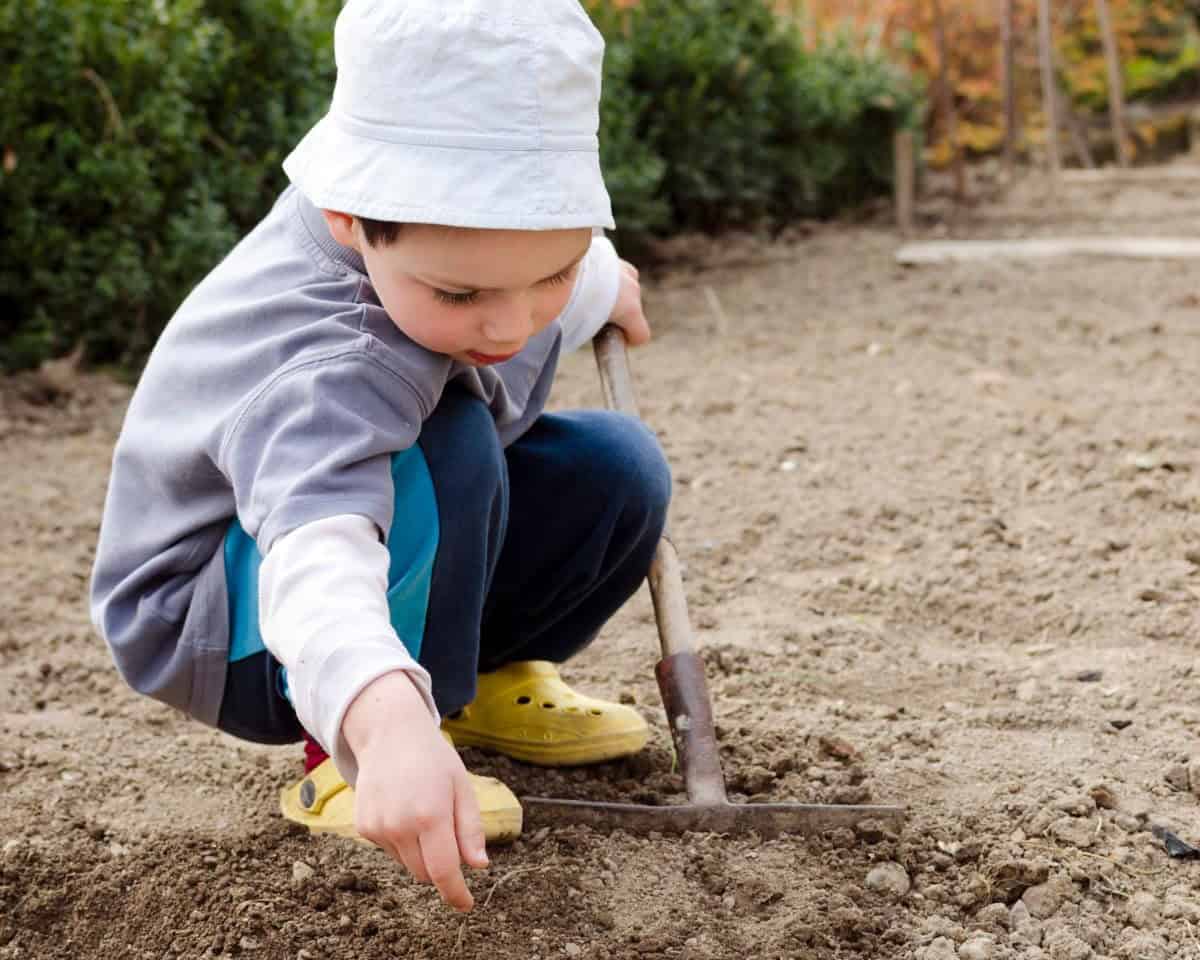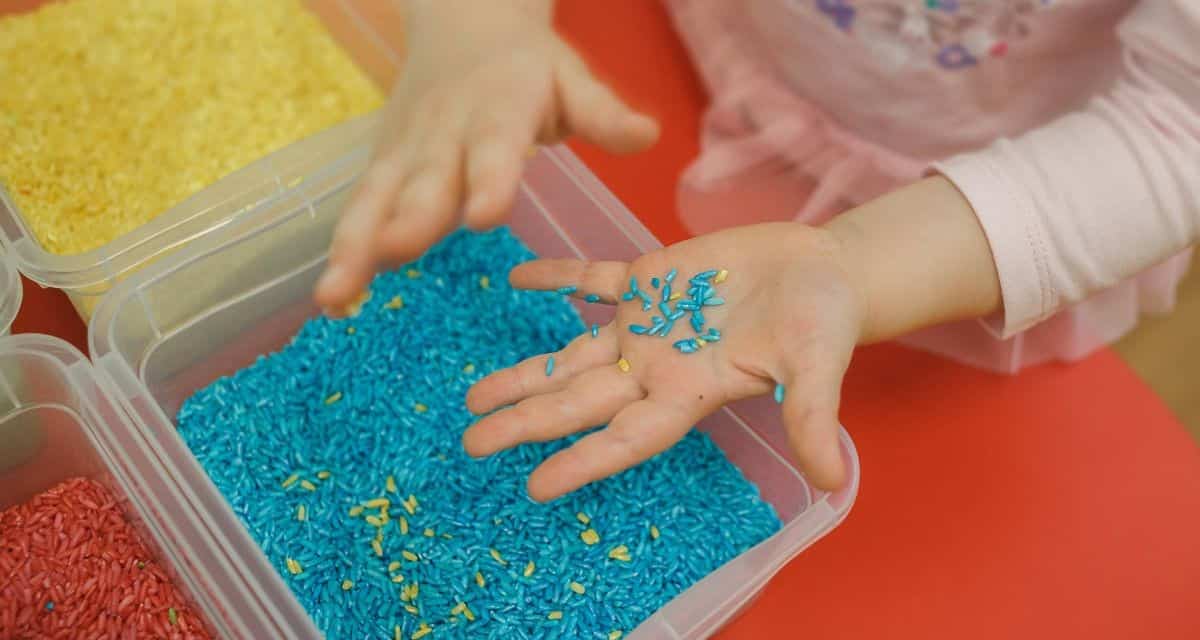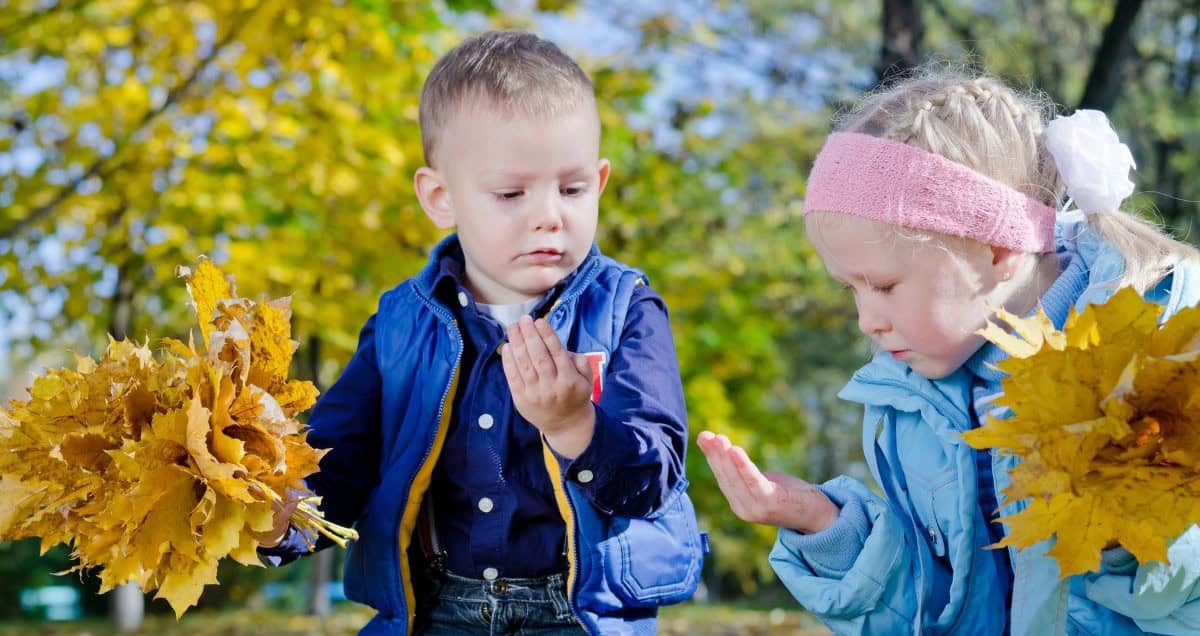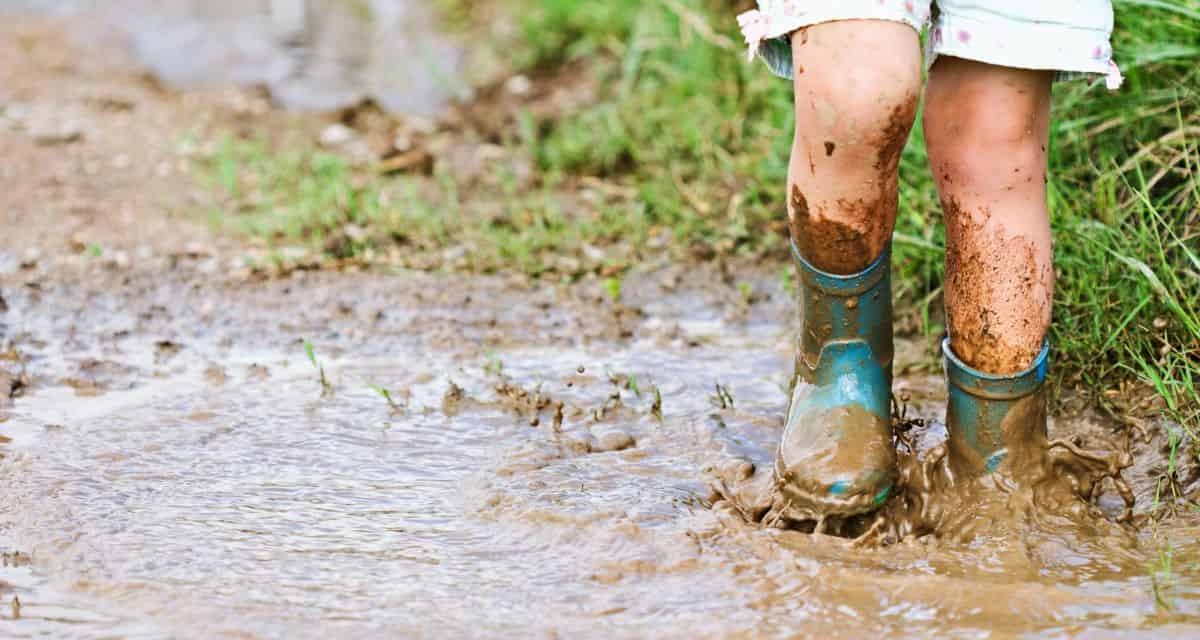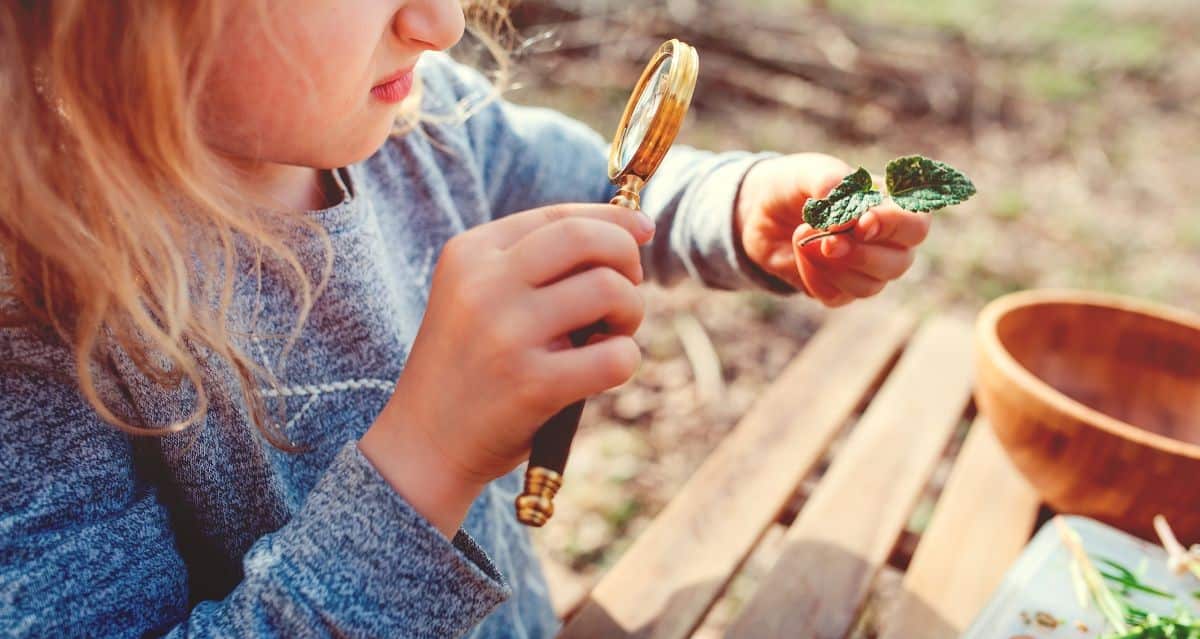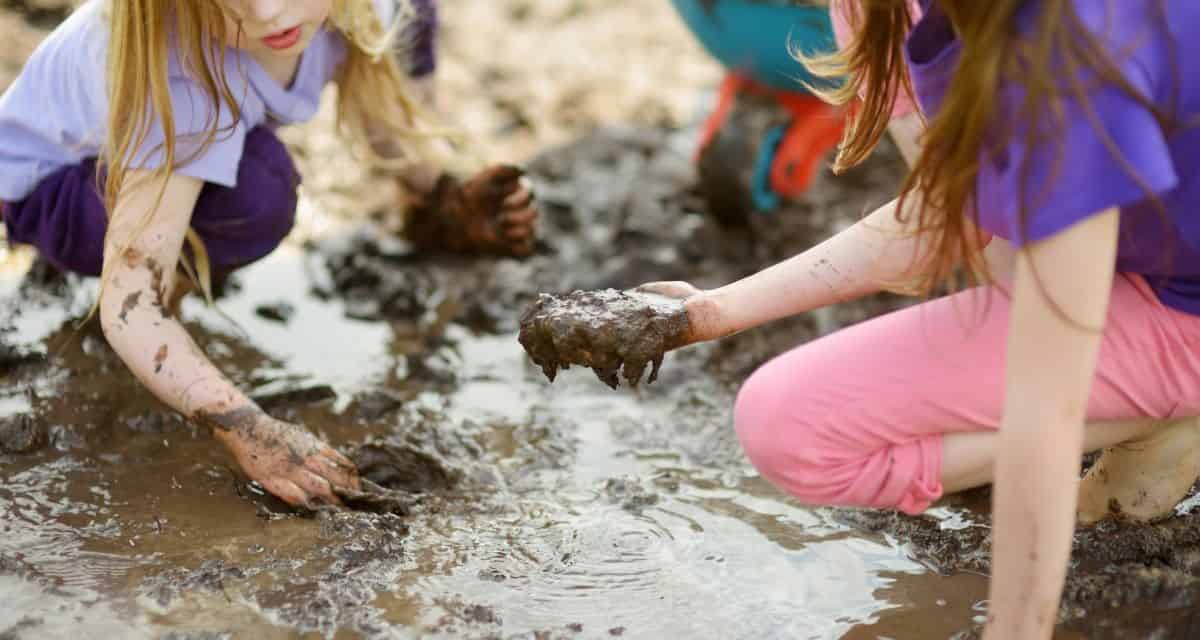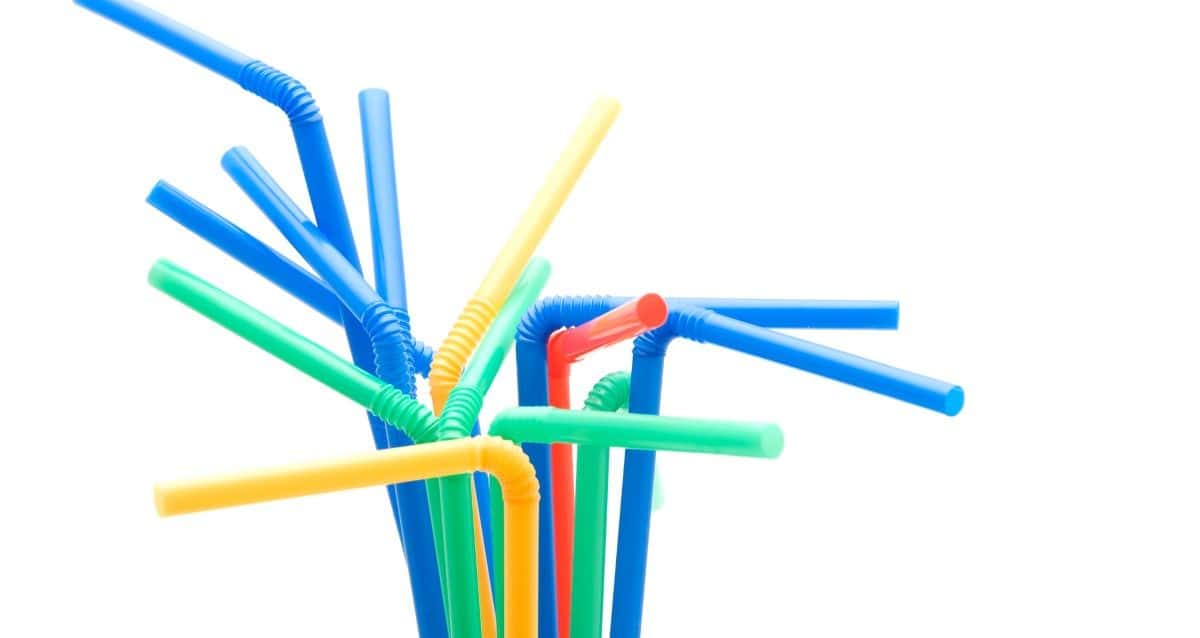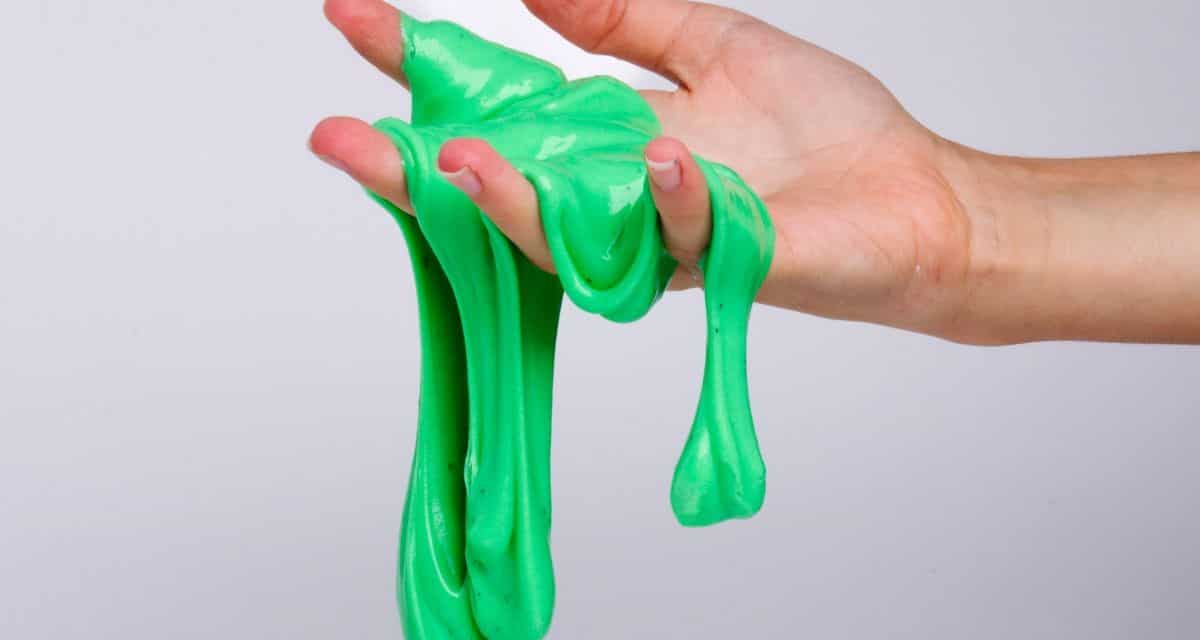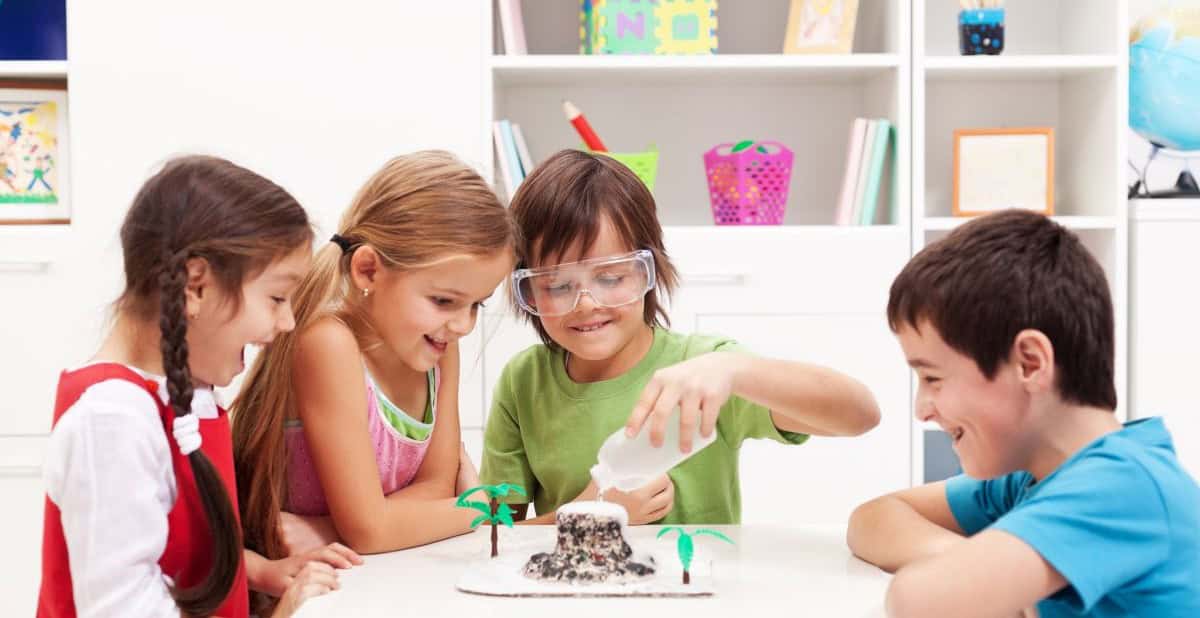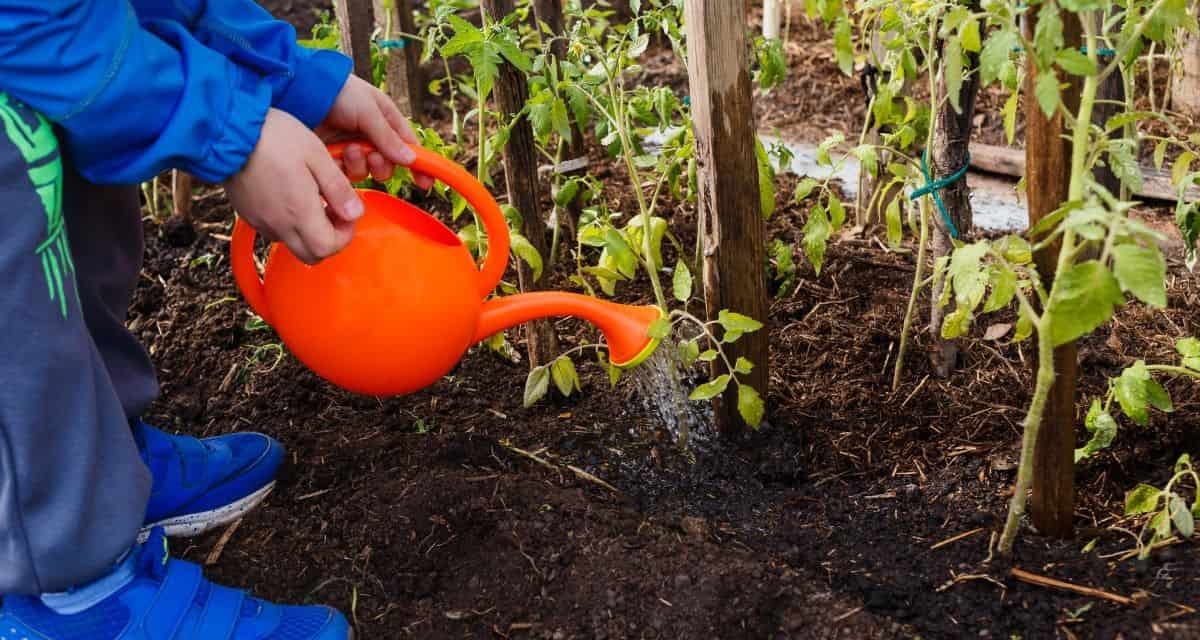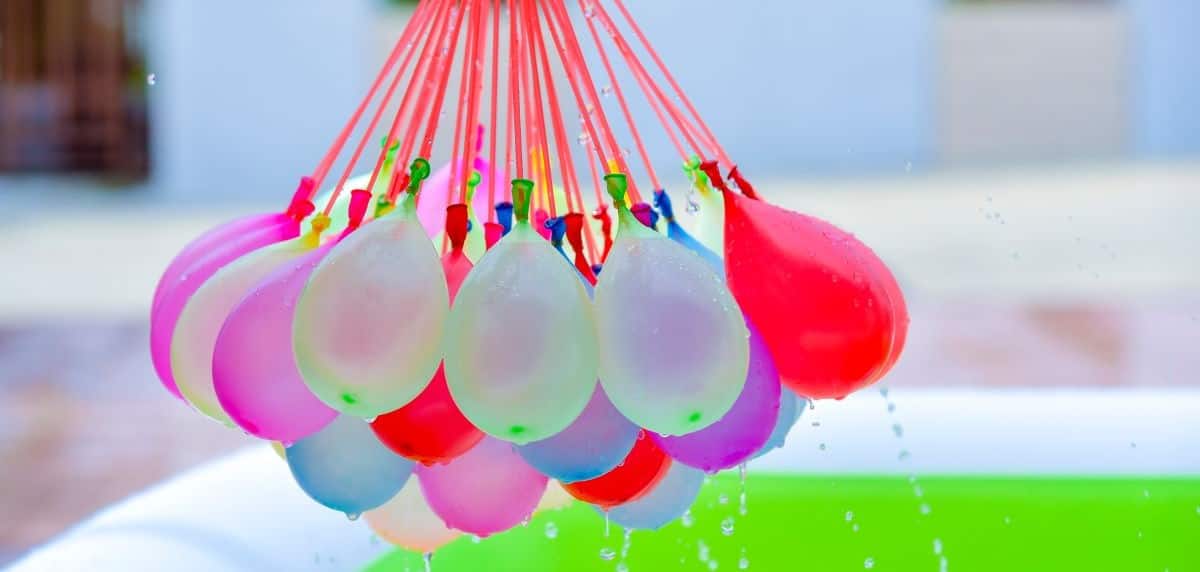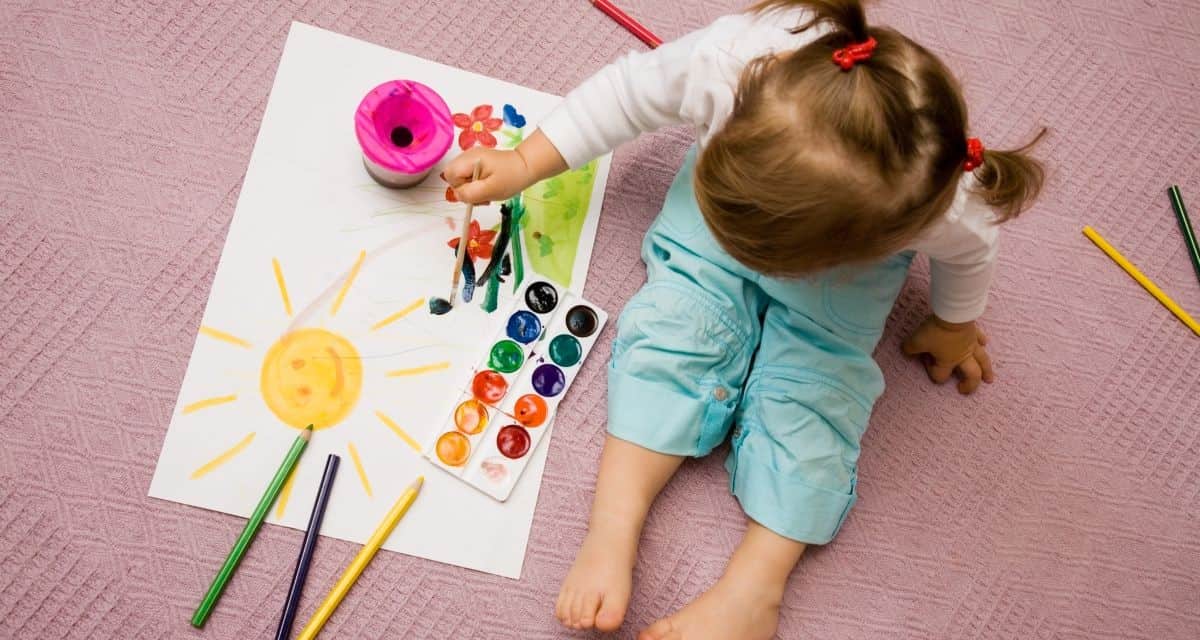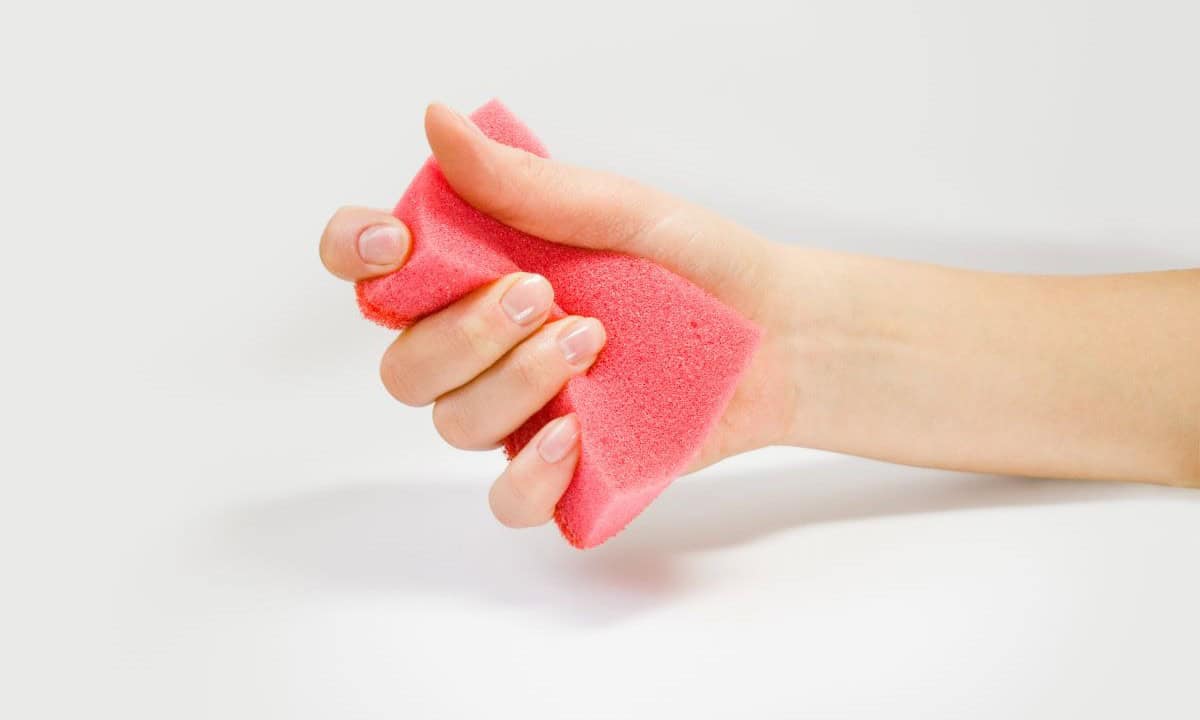When it comes to finding fun outdoor games for preschoolers, there’s no better place than your own backyard! Not only do these activities provide a perfect setting for young children to burn off energy and explore their creativity, but they also play a crucial role in shaping their mental and physical health.
Studies have consistently shown that spending time outdoors can have a profound impact on overall well-being, regardless of whether it’s a leisurely stroll or an adventure-filled expedition. And the best part? You don’t need to be a seasoned hiker or ornithologist to reap these benefits! Simply taking your little ones on a walk around the block or playing some classic outdoor games in your own backyard can be just as rewarding and educational.
Outdoor Art Activities for Preschoolers
Engaging in art activities can be an incredibly therapeutic experience for individuals of all ages, but particularly beneficial for children. By immersing themselves in a creative project, kids can learn to focus their attention and tap into a different part of their brain, one that’s less prone to the constant stimulation and busyness that often characterizes modern life.
Moreover, using natural mediums can lead to the creation of something truly organic and authentic, making it an ideal setting for teachable moments that can help shape young minds.
Toilet Paper Roll Bird Feeder
To create this engaging outdoor activity, gather the following materials: sturdy twine capable of withstanding various weather conditions, a paper tube, birdseed, a edible adhesive such as peanut butter or seed butter, a hole puncher, a plastic knife, and a paper plate. Begin by punching two holes opposite each other at the top of the toilet paper roll, taking care to leave a small border around the punched areas free from adhesive.
Next, apply an even layer of adhesive to the tube, being mindful not to cover the pre-punched holes. Once prepared, pour the birdseed onto the plate and gently roll the tube to collect a layer of feed. Finally, thread the twine through the holes and hang your creation in a location that you and your young companion can enjoy together.
Nature Walk Bracelet
Measure two inches longer than the child’s wrist, then cut a piece of duct tape. Attach it around their wrist inside out, with the sticky side facing outward. This will allow them to collect natural materials during your walk. As you stroll, encourage them to respectfully pick and choose what they’d like to add to their bracelet. If they’re trying to attach something too large, discuss different size options.
This simple outdoor activity is a great way to enjoy nature with kids at your local park! Take inspiration from this experience to plan more fall craft activities for preschoolers that promote exploration and creativity.
Flower Bouquet
When it comes to creating a beautiful bouquet with your family, you have the freedom to decide how you’d like to approach the activity. To get started, gather some fresh flowers that you can use as the centerpiece of your arrangement. If you’re looking for inspiration, find a vase coloring page online or on cardstock and add some color to it. Alternatively, take a walk outside and collect some natural flowers, or stop by a store if you’re in a hurry.
To prepare your flowers for the activity, use a hole puncher to create small holes at the base of each stem. This will allow you to thread them through the coloring page’s design. If you don’t have a hole puncher, there are plenty of alternatives available that can make this process easy and fun. Once you’ve created the holes, trim the stems to fit your arrangement and secure them in place using tape.
With these simple steps, you’ll be able to create a beautiful bouquet with your family that’s sure to bring joy and smiles to everyone involved.
Photo Frame with Seashell Art
To create this beachy masterpiece, you’ll need a few simple materials: sized popsicle sticks, paint or markers, glue, and any small decorations your little one might enjoy adding. Begin by taking a leisurely walk on the beach to collect shells and spark conversation about different environments, sensory experiences, or the various habitats found along the shoreline – whatever theme resonates with your family’s interests.
Back home, give the shells a quick clean and dry them before moving on to the craft activity. Next, decorate the popsicle sticks and shells (allowing any necessary drying time), then return to assemble everything together, letting it sit for a bit before displaying the final product.
Sidewalk Chalk Paint
Create your own chalk paint at home in no time! Simply combine 1 cup of corn starch, 1 cup of water, and a few drops of food dye to achieve the perfect shade. This batch makes one set, so plan accordingly to ensure you have enough for all the fun. If you want to create different colors for your outdoor play area, simply separate the mixture into smaller portions and let your creativity shine.
Let the kids get creative on the driveway, and when they’re finished for the day, give it a quick rinse with the hose to prevent any discoloration from setting in.
Water Balloon Painting
Imagine a scene from The Princess Diaries, where royal protocol meets creative chaos. In our version, we’re not painting masterpieces, but rather unleashing the fun! We fill balloons with water instead of paint and let them ‘create’ their own masterpieces on a specially prepared surface.
The twist? We’re using washable paint to give it an artistic touch. Simply dip the balloons into the paint and watch as they roll across your paper, leaving behind unique patterns and designs.
To make clean-up a breeze, be sure to tape your paper to a surface that can withstand water, such as a kiddie pool or a back patio.
Splat Painting
When it comes to creating a unique art piece using acrylic washable paint, we’re opting for a sponge-based technique, just like in our previous balloon painting tutorial. For those seeking an efficient way to organize their colors, we highly recommend this machine-safe option. To add some excitement and unpredictability to the project, feel free to experiment with sponges of varying sizes by cutting them in half or trying different shapes.
However, for a more textured and robust final product, consider using thicker paper like cardstock or poster board, allowing your kids to fully immerse themselves in the creative process.
Nature Craft Collage
To create a unique and crowd-pleasing nature-inspired collage that also preserves some of your child’s favorite natural findings, start by acquiring a roll of clear contact paper. Next, have your little one place the non-sticky side of the contact paper against a flat surface, allowing them to adhere flat pieces of nature they’ve collected. Once they’ve finished their masterpiece, have them apply another sheet of paper on top, pressing down firmly to ensure a secure bond between the two sheets.
Nature Paint Brush
Unleash your children’s creativity by inviting them to collect various materials from the yard and combine them using flexible tools like pipe cleaners or string. Next, bring out the paints and let them experiment with dipping nature-inspired brushes into vibrant colors, then transferring those hues onto their artwork to create one-of-a-kind masterpieces.
Outdoor Movement Ideas
Embracing outdoor physical activity is essential for individuals of all ages, but its benefits are particularly pronounced when instilled in young children. By incorporating outdoor play into their daily routine, preschoolers can experience a multitude of advantages that will positively impact their lives. From channeling boundless energy into engaging and fun activities to fostering a sense of exploration and discovery in a dynamic environment, the rewards of outdoor play are undeniable.
Swimming Science
Embark on a fascinating science adventure with your little ones by the pool or any body of water! Spark an impromptu conversation by asking them, ‘What makes things float?’ Curate a selection of diverse items to demonstrate the principles of buoyancy and illustrate what does – and doesn’t – float. By exploring these concepts in this interactive setting, you’ll be fostering curiosity and critical thinking skills while making learning a splashing good time!
Outdoor Obstacle Course
There’s something undeniably exciting about setting up an obstacle course in your backyard or garage. Not only does it provide kids with the opportunity to engage in critical thinking and gross motor practice, but it’s also a fantastic way to spend quality time together as a family. The great thing is that you don’t need to break the bank or search for specialized equipment. Simply utilize items you already have on hand, such as hoola hoops, kiddie slides, and jump ropes.
If you’re looking to add some new twists to your course, consider investing in a few kid-friendly obstacles like collapsible tunnels, tumbling mats, and balance beams. These fun and reasonably priced additions can help take your obstacle course to the next level.
Pool Noodle Ring Toss
Get ready for a splashing good time with the ultimate pool noodle ring toss! Gather some pool noodles, duct tape, and water balloons to create an unforgettable experience. By taping the noodles together, forming a row, setting up a bucket at one end, and letting everyone take turns trying their hand, you’ll be guaranteed a blast. And don’t forget to make your own rules or simply enjoy the thrill of tossing water balloons into the rings – it’s all about having fun in the sun!
Chalk Walk
Building upon the classic hopscotch concept, chalk walks offer a more complex and engaging way for kids to develop their gross motor skills. By incorporating specific movements such as hopping on one foot, spinning, and walking on tiptoes, parents or educators can design a customized chalk walk that targets specific areas of physical development. This interactive activity not only challenges children’s coordination and balance but also encourages creativity and self-expression.
Outdoor Twister
Transforming Twister into an outdoor adventure proved to be a fantastic way to spend an afternoon. With four vibrant chalk colors at our disposal, we set up to draw circles, taking care to accommodate any potential roughness that might come with outdoor play. Flexibility is key when it comes to creating the perfect layout for your family’s game.
Once everything was in place, we designated a caller to shout out the color and direction – either ‘left’ or ‘right’ hand or foot – getting everyone ready to twist, turn, and have fun!
Outdoor Yoga
Practicing yoga outdoors is a unique experience that fosters a deeper connection to nature. As children regularly engage in this activity, they develop essential skills such as observation, self-regulation, and numerous other benefits. By immersing themselves in the natural world while practicing yoga, young individuals can cultivate a sense of balance and harmony, ultimately leading to a more well-rounded personality.
Tug of War
While tug-of-war can certainly become an intense and unpredictable affair, it can also serve as a valuable opportunity for social bonding and physical release. Not only does it provide a fun and engaging way to burn off excess energy, but it also fosters a sense of camaraderie among participants.
Corn Hole Toss
Why not involve your kids in the fun? Since most people can play or keep up with this game, it’s an excellent opportunity to get them engaged. You can easily create a kid-friendly version by using online tutorials that offer guidance on adapting the game for younger players. If you’re crafty and enjoy DIY projects, consider making the boards yourself.
For a budget-friendly approach, oversized sturdy cardboard boxes work well as substitutes, while paper plates can be used to create stencils for the hole. Add some color with paints or markers, and you’ve got a unique set of boards that’s perfect for kids.
Outdoor Sensory Play Ideas
The great outdoors is a treasure trove of sensory experiences, far surpassing any indoor setting. The natural world is full of hidden gems waiting to be discovered, from the earthy scent of damp soil to the songs of birds filling the air. Rather than simply exploring, why not combine adventure with learning? Discover the best outdoor activities that will have you soaking up the sights, sounds, and sensations of nature while expanding your knowledge.
Puffy Sidewalk Paint
Combining puffy sidewalk paint with its flour, water, dish soap, and food coloring or washable paint counterparts is a fantastic combination. To start, simply mix all these ingredients together and create as many batches as you’d like in different colors. Next, pour each batch into individual cups and bring them outside for an engaging sensory experience. Compare the textures of each painting with your child, and when finished, easily rinse away any mess with a gentle hose spray.
Jello Dig
Transforming dessert into sensory play, this activity is sure to delight young minds! To create this sweet experience, follow the instructions for making jello, but add a twist by incorporating clean oversized toys. Place them in the fridge overnight to allow them to set. The next day, retrieve the jello, a shower liner (to contain any mess), a towel, and a bowl of water for rinsing purposes. Then, let your little one take center stage and indulge in this tactile adventure!
Nature Alphabet and Number Line
One creative way to engage kids with letter or number practice is by incorporating the outdoors. Try creating a nature line together, where your child traces letters or numbers in a pile of dirt. As they collect items they find in nature, they can fill in the traced characters. You can involve one child or have multiple children participate and assign each one a few lines to complete. This unique approach not only helps with letter recognition but also fosters an appreciation for nature.
Sand and Water Sensory Bin
Imagine a sensory bin that combines the thrill of a beach vacation with the joy of exploration – a perfect combination! For kids, a beach-themed container filled with kid-friendly sand is an absolute delight. To make it even more engaging, add some toys or shells, along with scoopers and grabbers to help develop fine motor skills. Let your little ones play and experiment for a bit before posing the thought-provoking question: what would happen if we added water to this sandy landscape?
This simple scenario can blossom into a rich discussion about science, the beach, or other relevant topics, making it an excellent way to encourage critical thinking and creativity.
Nature Printing
Embark on an afternoon adventure with your little ones! Take a leisurely stroll through nature, encouraging them to collect any small treasures they come across. As you meander along the path, point out the fascinating textures, shapes, and colors of the natural world. Back at home, set up a creative station with washable paints and paper. Invite your mini artists to dip their found treasures into the vibrant hues and then transfer them onto the page.
As they work, encourage them to experiment with different techniques, like layering colors or creating unique patterns.
Muddy Alphabet Writing
For those who might find this sensory experience overwhelming, consider portioning out the mud-like chocolate pudding into an airtight container. This can help contain the stimulation. Alternatively, if your child is comfortable with tactile exploration, pour the pudding into a tin and invite them to practice recognizing letters, numbers, or even simple words as you call them out.
Nature Scavenger Hunt
The flexibility of a scavenger hunt is one of its greatest strengths. You’re free to create a simple or elaborate list depending on your preferences. To get started, design your own list featuring native greenery from your local area or search online for pre-made lists that you can print out and laminate if needed.
What’s more, the activity can be tailored to suit each playthrough, with options including focusing on specific colors, identifying plants by name, or counting how many different species you can find. The possibilities are truly endless.
Mud Pies
Indulge your child’s love for the great outdoors with the timeless delight of making mud pies. This sensory-rich activity not only encourages exploration and creativity but also teaches valuable lessons about the natural world. Gather an old tub, some dirt, a few scoopers or toys, and water, then let your little one get messy! Dress them in comfortable clothes that can withstand the inevitable stains and walk them through the process of adding water to the mixture.
Allow them to take the lead, exploring and experimenting with the texture and consistency as they go. This classic activity is a wonderful way to foster a sense of curiosity and wonder while making memories that will last a lifetime.
Outdoor Science Activities
Incorporating hands-on learning experiences grounded in real-world applications has been a long-standing passion of mine. I firmly believe that conducting various experiments alongside your child at home can be an effective way to foster their critical thinking skills and natural curiosity, ultimately encouraging a deeper level of engagement and understanding.
Colour Mixing Ice Cubes
In just two days, you can embark on a fascinating experiment that’s perfect for entertaining kids. To get started, gather an ice cube tray, small paper cups, and some food dye. Next, fill each cell of the containers with water and add different colors of dye to create a variety of hues. Let the mixture freeze overnight, then spend the next day combining the colored cubes in various cups. As you do this, ask the kids to predict what color they think will emerge when the cubes melt.
Finally, record their observations and reactions – it’s a fun way to encourage scientific thinking and exploration!
Straw Rocket Stem Challenge
Reinventing a classic childhood delight, this activity transforms the simplicity of blowing through a straw into a creative and engaging experience for kids. To get started, gather a few basic materials: a thin straw, a thicker straw, some paper, tape, and scissors.
Begin by taping over one side of the wider straw, leaving only a single opening. This will serve as the foundation for your child’s artistic expression.
Provide them with a small piece of paper to draw a miniature rocket on, which they can then attach to the thick straw.
Once the rocket is securely in place, have your child position it over one end of the thin straw. With the stage set, it’s time for the grand finale – have your child blow into the straw to launch their newly created spacecraft. This activity not only fosters creativity and imagination but also provides a fun and interactive way to develop fine motor skills.
Nature Colour Wheel
Transforming colour theory learning into an outdoor adventure is a fantastic way to engage young minds. Begin by gathering essential materials: paper plates, construction paper in various colours, scissors, and a glue stick. Cut out squares that fit around the circular centre, creating a colourful circle. Secure everything with glue. Next, embark on a nature walk with your child, bringing along the plate. This allows them to identify real-life objects by colour in real-time.
Back at home, display the natural specimens alongside the plate and secure them with glue, providing a tangible connection between the colours and their surroundings.
Popping Bags
The classic Popping Bags experiment gets a modern twist by substituting traditional containers with ziplock bags. This engaging activity is perfect for exploring chemical reactions and sensory experiences, encouraging students to take notes as they observe the process unfold. To initiate the reaction, simply combine baking soda and vinegar within the bag, allowing for a more pronounced sequence of events or opting for smaller quantities to witness the same outcome in slow motion.
Magic Mud
To create the versatile and fun ‘magic mud’ activity, you’ll need to combine 1 cup of cornstarch with 1/2 cup of dish soap. Feel free to add any desired dye to give it a splash of color. The mixture should have a consistency that’s perfect for tactile play – think goopy but still solid enough to stick together when manipulated. This magical concoction is an excellent way to encourage creative play, fine motor skills development, and even learning opportunities in math and literacy.
Sun Prints
Sun prints are an innovative and fascinating art form that can bring out the creative side of any budding artist or scientist. To create these unique pieces, you’ll need construction paper, various objects like leaves, flowers, and a sunny afternoon. Set up your printing station in the backyard, where the papers can soak up the sun’s rays for a few hours. Simply arrange the objects in a pattern or design that sparks your imagination, and let them be.
Later, return to your creation site and gently remove the items to reveal the stunning results! Engage your kids in the process by asking them what they think happened, and then use this opportunity to explain the science behind sun printing.
Sandbox Volcano
Transforming a sandbox into a mini-volcano is an exciting way to demonstrate the chemical reaction between baking soda and vinegar in a preschool-friendly setting. Have your little one construct their own volcano using the sandbox as the base, then carefully pour the baking soda into the chute. With caution, take a few steps back and add the vinegar, waiting for the eruption that’s sure to delight!
Planting seeds
Planting seeds is an excellent way to connect with nature and create lasting memories with your little ones. Among the easiest and most rewarding options are flowers like Marigold, Morning Glory, Zinnia, Nasturtium, Impatiens, Sunflowers, Geranium, Nigella, and Sweet Peas. These varieties are perfect for kids, as they’re relatively low-maintenance and produce stunning results.
To get started, simply grab a starter bin, paper cups, or any container that can accommodate the number of seeds you plan to try. Follow the instructions on the seed packet, observe your mini-garden grow and flourish together, and don’t forget to keep a journal to record your progress.
Outdoor Water Play Ideas
For young children, water play offers a unique combination of benefits. It’s incredibly versatile, allowing teachers to integrate it with various subjects, from science to math. Moreover, the hands-on nature of water activities makes them an absolute hit with preschoolers, encouraging active learning and imagination.
Perhaps most importantly, water play provides a relatable context for teaching children about the significance of water in our daily lives, fostering a deeper appreciation for this vital resource.
Kid Car Wash
When it comes to learning, hands-on experiences often trump traditional methods. What better way to engage kids than by involving them in an everyday task that adults take for granted – washing the car! The beauty of this activity lies in its flexibility, allowing you to tailor it to your family’s unique dynamics and budget. Get creative with DIY contraptions, like PVC pipe sculptures adorned with streamers at strategic points or vibrant chalk art designs.
Ultimately, the goal is to create a fun and memorable experience that fosters quality time together. And who knows? You might just discover a new way to enjoy quality time outside as well. Explore more outdoor activities for kids here!
Water Balloon Number Match
Beat the heat this summer by transforming your backyard into an interactive playground! One way to do this is by using chalk to write numbers 1-20 in various creative patterns around your little one. This activity encourages imagination and creativity while providing a fun way to practice counting skills. To make it even more exciting, fill up water balloons for a fun surprise after each number is smashed.
Simply label the balloons with the corresponding number and have your child pull one out at a time, then smash the correct number on the ground. This activity not only keeps kids cool but also provides a fun way to learn and engage in physical activity.
Water Wall
Imagine having an exciting activity that’s essentially cost-free! The best part is that most of the materials needed can be repurposed from items you already have at home. To get started, you’ll need a base material to attach old containers like jugs or cans to pour water through. This could be anything from an old fence panel to a discarded bin lid. Next, you’ll require some sort of fastening mechanism, depending on the type of board you’re using, as well as empty milk cartons or cans.
Attach everything to the board and place a catch-all bin at the bottom so you can reuse the water. Finally, give your child a scoop or container to collect and pour the water through the various holes – guaranteed fun for the little ones!
Ice Painting
Create a mesmerizing color-scape with just a few simple ingredients! Mix together cornstarch and water to form a paste, then add a splash of food coloring to create your desired hues. Pour the mixture into ice cube trays and use popsicle sticks to draw patterns on the surface. Once frozen, remove the ‘pops’ from the tray and place them on a piece of paper. As they come to room temperature, watch in wonder as the colors slowly spread outwards, revealing a unique and captivating design.
Alphabet Letter Wash
Creating an engaging sensory bin that combines learning with fun is a winning combination. To get started, grab two washing tubs from your local dollar store and fill one with plain water. In the other tub, mix soap and water, then add letters and a sponge for added texture. This setup offers a unique opportunity to demonstrate everyday activities like washing dishes to children.
Alternatively, let them take the reins and explore cleaning a small object themselves, fostering a sense of independence and hands-on learning.
Sponge Water Bombs
Beat the heat on a scorching day without dipping into the pool? No problem! Simply gather a pack of sponges, a hair tie or rubber band – the more colours you use, the more fun it is! Each bomb will require three sponges, which need to be cut into equal-length strips. Stack your sponge strips in a 3×3 formation and then wrap them snugly with the band around the middle, making sure everything stays tight.
Flower Soup Sensory Bin
While many parents might not consider a bin filled with water and flowers to be particularly exciting, this combination can actually be quite charming. Adding some small toys or scoops can enhance the experience for your child, making it an enjoyable activity during the spring season.
Water Balloon Pinata
Unleash the ultimate summer fun experience by gathering just three simple essentials: water, balloons, and perhaps a bathing suit! This ingenious water balloon filler is not only a time-saver but also an entertaining spectacle to behold. With hours of playful moments guaranteed, you’ll be creating memories that will last a lifetime with your little ones. If you’re looking for even more excitement, consider exploring these engaging large group activities designed specifically for preschoolers.

